Рено за Испания
Нико Хюлкенберг:
What’s the mood headed to Spain?
I’m feeling good. The car is improving at every race and we can deliver. I spent two days at Enstone last week and even some occasional British rain wasn’t an issue.
What do you think of the event?
Barcelona and the surrounding area is great. There’s a great Spanish vibe, it’s right by the sea with lots of good restaurants with nice food and paella. I always enjoy visiting there. There’s always a decent turnout of fans, which means I have to leave for the track a little earlier in the morning to avoid the traffic, but it’s great to see that enthusiasm.
What are your thoughts of the track when you’re behind the wheel?
It’s a track we all know really well after testing there so much so all the engineers have a lot of data and knowledge about it. I personally like the layout, especially the first sector with turns 1-2-3, which have added value thanks to the fastest cars this season. It’s a physical circuit with all the high speed right handers so you need a strong neck; you’ll really know about it by the end of the race.
What’s notable over the 4.7km?
The first turns are almost like one corner as turns 1-2-3 seem linked as if you get 1-2 wrong you’ll be in a bad place for turn 3 which is high speed and quite a challenge. Sector three is very technical, twisty and slow, especially through the last chicane, but it’s the key to a quick lap time so you need to master it.
Джулиън Палмър: What’s the outlook heading to the first European race of the season?
The outlook is good. We’ve seen what the R.S.17 is capable of and I know that all I need to score points is a straightforward weekend. Russia was really frustrating as I had a good car under me but I was out of the race by the second corner. That’s motor racing, but it’s still very frustrating.
What do you think of the Circuit de Barcelona-Catalunya?
I’ve been there many times and it’s a track that most Formula 1 drivers know extremely well, even just from the pre-season testing we do there. From a driving point of view we know exactly what to expect, however it’s traditionally the first circuit where you see a lot of updates brought so you can see some differences in relative competitiveness depending on who’s got updates, and how well those updates work.
Do you like the long fast corners?
I prefer quick stuff - a long quick one or a short quick one I really don’t mind, as long as you really hang it out and commit hard to it. The Circuit de Barcelona-Catalunya has a couple that really take my fancy: turn three’s a really long, fast corner, and then turn nine as well is a really good one; it’s quick and it’s blind to the exit so you really have to commit. It’s certainly one of the more physical circuits as there are a lot of long, fast corners, lots of high lateral Gs that put your neck and your core under strain. For the long corners the aero is really important, and with the DRS on the straight and the tyre degradation we see there, there’s potential for a good race.
Any good racing memories from Circuit de Barcelona-Catalunya?
I had a double podium in 2014 with two second places in the GP2 Series with some good overtakes in two fun races there. It’s not been a circuit that’s been especially kind to me, but it’s a good challenge and one I enjoy.
What do you think of the city?
Barcelona’s a cool city. The weather’s nice, the atmosphere’s always good and it’s just a very happening place with great culture. There’s also strong enthusiasm for Formula 1.
Ник Честър: What’s the outlook for the Spanish Grand Prix?
The outlook is pretty good. We’ve been qualifying well so far this season, then Sochi showed a useful improvement to our race pace. We’ve still got a few more upgrades on the aerodynamic package for Spain, so we’re reasonably positive.
What’s the challenge of the Circuit de Barcelona-Catalunya?
Even though we know it really well from all the testing we do there, it is quite a tough circuit. It’s very much a downforce track with a lot of high and medium speed corners where you need the aero package really working for you.
It’s also a location that’s hard on tyres because the corners are so quick with their loadings. It’s tough for both the front and rear, meaning that keeping tyre temperatures under control is a challenge, especially in the last part of the lap where the rear tyres can overheat.
How different is the practice programme when it’s a venue so well known to teams?
We know the track well with these cars having tested there in the pre-season so basic set-up, ride height and those elements are more finalised when you head out for FP1. We still have all the tyre and aero assessments we want to run, so we certainly will be busy enough.
Will Sergey get a proper run in the car this time?
That’s most certainly the plan. Sergey’s issue in Sochi was related to a gearbox shift valve and it was a big shame for him to get so little running. He’s in Jo’s car for FP1, and we expect he’ll do a good job.
What was the content of the post-Russian Grand Prix debrief?
The upgrades we used in Sochi worked as expected so we made a useful step in our race pace whilst maintaining qualifying pace. There’s still more to do in this area, but we’re heading in the right direction. We’re in the midfield fight where we expected to be, but it’s a very close battle here so we need to ensure we seize every advantage possible from the car and how we use it.
Any new bits for the car?
We have new barge boards and an updated rear wing. We need to keep adding performance to the car as that’s what everyone else is fighting to do. We’ve started the season on a positive note so we need to maintain and improve this.





















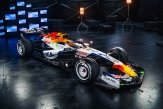
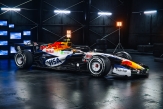

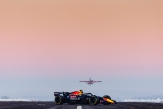
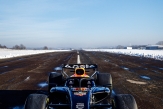
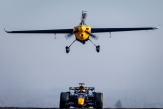
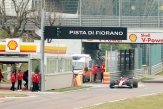
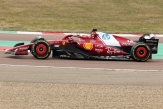
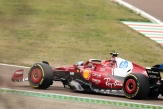
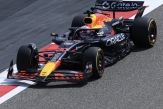
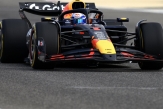
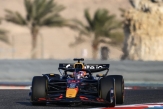

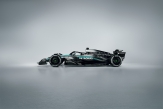
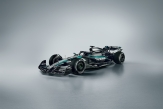
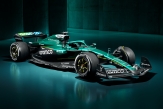
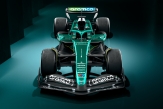
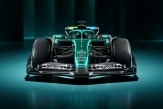
.jpg)
.jpg)
.jpg)

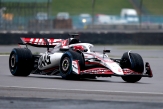

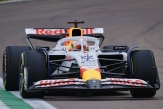
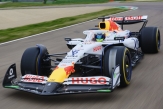

02/12/2025 от Огнян Тенчев (drJeckyll), няма коментари